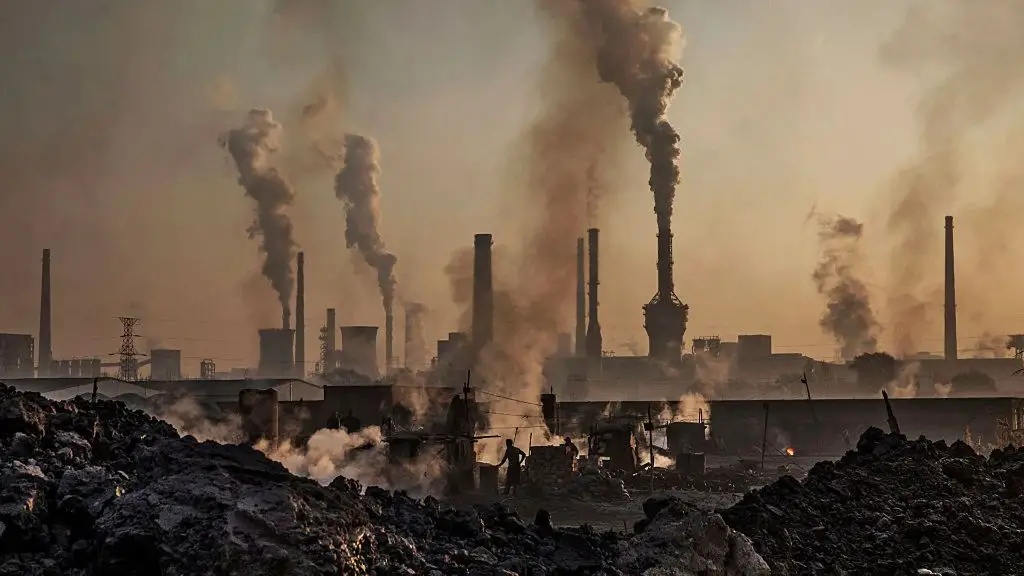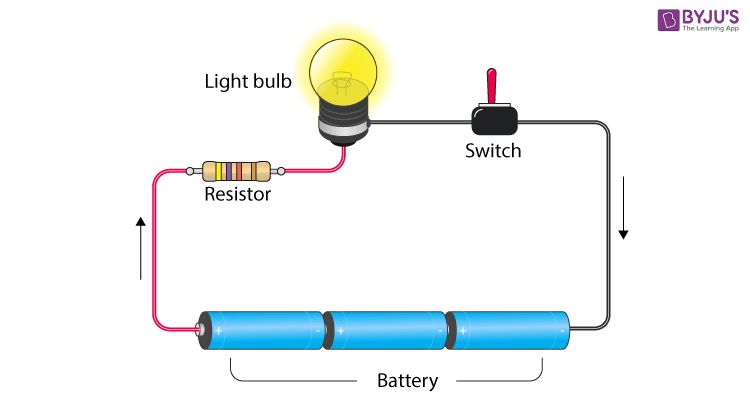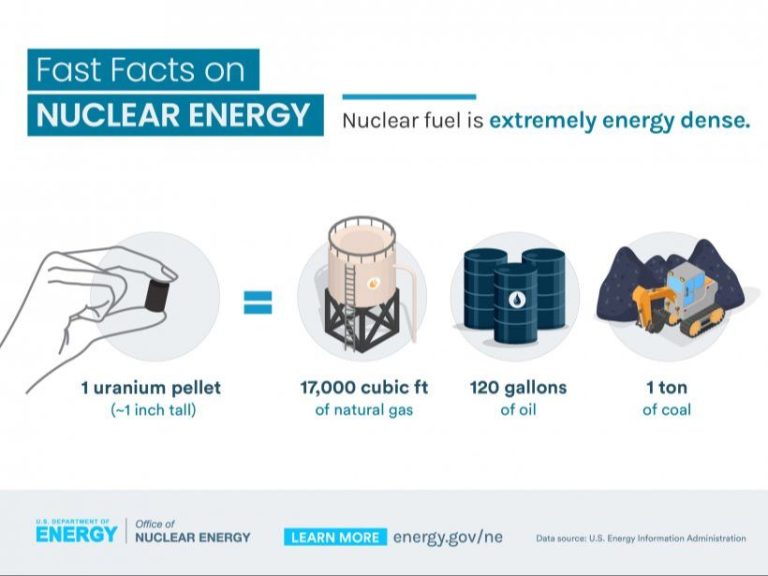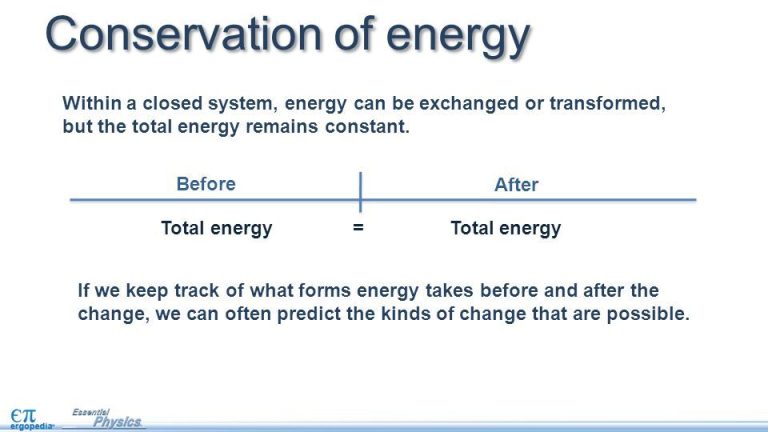Is It Possible To Run Out Of Electricity?
The question of whether it is possible to run out of electricity is an important one as access to electricity is critical for modern society. This article will examine the issues around electricity supply and demand to determine if electricity shortages are a real possibility.
Electricity Demand
Electricity demand has increased significantly over the past century. According to research from Purdue University, electricity demand growth statistics show rapid increases within certain regions. For example, demand grew 7.4% annually in the Southern African Development Community (SADC) between 1970 to 1998 1. This growth outpaced GDP, population growth, and growth in number of customers over the same time period.
Several factors drive growth in electricity demand, including population growth, economic development, urbanization, and access to electricity. As more people gain access to electricity, and use more electrical appliances and devices, overall demand increases. Continued economic development and rising living standards also contribute to growth in electricity usage over time.
Electricity Supply
The main sources for electricity generation in the U.S. are fossil fuels, nuclear power, and renewable energy. According to the U.S. Energy Information Administration (EIA), in 2023 around 60% of utility-scale electricity generation came from fossil fuels like natural gas, coal, and petroleum. Nuclear power accounted for around 20% of generation, while renewable energy sources like hydropower, wind, solar, and biomass made up about 20% as well1.
Fossil fuels have historically dominated electricity generation in the U.S. due to their high energy density and reliability. However, concerns over emissions and long-term sustainability have driven growth in zero-emission sources like renewables and nuclear power. The EIA projects the share of renewables will continue increasing as costs decline, while natural gas maintains a major role due to its flexibility and lower emissions compared to coal and oil2.
Fossil Fuels
Fossil fuels like coal, oil, and natural gas are formed over millions of years from the remains of living organisms and are considered non-renewable energy sources. The world’s fossil fuel reserves are finite and will eventually be depleted if consumption continues at current rates.
According to the BBC, at 2006 production levels, global oil reserves could run out in around 40 years, global gas reserves in 60 years, and global coal reserves in 150 years. However, experts predict that with increasing global demand, oil reserves may only last around 35 years, gas reserves around 37 years, and coal reserves around 109 years (BBC News Online | Climate change: Time to get serious).

Renewables
Renewable energy sources like wind and solar have great potential for electricity generation, but also face significant challenges with intermittency and expandability. Wind and solar only generate electricity when weather conditions permit, leading to inconsistent power production (Gerhard, 2023). This intermittency can put stress on electricity grids that are designed for uninterrupted baseload power. Additional transmission lines, energy storage, and power grid upgrades may be needed as renewable electricity grows to high penetrations (RTP Institute, 2023). Rapidly expanding renewable energy also faces siting, permitting, and public acceptance obstacles as large wind and solar farms require substantial amounts of land. Careful planning and community engagement is often needed. Overall, renewables offer a clean energy alternative but overcoming their unique limitations at scale will be an ongoing challenge.
Nuclear
Nuclear power currently provides about 10% of the world’s electricity, with 438 nuclear reactors in 31 countries. According to the World Nuclear Association, there are sufficient uranium resources for the foreseeable future at current levels of consumption based on expert projections (World Nuclear Association). Global known uranium resources total 5.9 million metric tons, and an additional 18 million tons remain undiscovered based on geologic predictions. With improved reactor technology and fuel efficiency, uranium reserves could meet global electricity demands for over 1000 years at current usage (MIT Energy Initiative).
New nuclear technologies like small modular reactors and Generation IV designs aim to make nuclear energy more flexible, efficient, safe, and cost effective. Small modular reactors with lower upfront costs can be built incrementally to match rising electricity demand. Generation IV reactors operate at higher temperatures for greater efficiency and can utilize alternative fuels like thorium. With innovations in nuclear technology and sufficient uranium reserves, nuclear power has the potential to sustainably meet a significant portion of the world’s growing electricity needs.
Storage
As more renewable energy like wind and solar come online, energy storage is becoming increasingly important to accommodate their intermittent nature and ensure reliable electricity supply. Grid-scale batteries are one solution for renewable energy storage. They can store excess renewable energy when supply exceeds demand and discharge it when needed.Inwlc, 2020
Currently, lithium-ion batteries are the predominant grid storage technology. However, other battery chemistries and storage methods like pumped hydro and compressed air are also used. Energy storage enables better integration of renewables into the grid by balancing supply and demand. It also provides other services like frequency regulation. Overall, grid-scale storage helps maximize renewable energy usage and ensures reliable electricity even when the sun isn’t shining or wind isn’t blowing.Barchart, 2023
Conservation
Energy conservation and efficiency measures can help reduce electricity demand significantly. According to the International Energy Agency (IEA), energy-efficient technologies play a vital role in reducing fossil fuel consumption and emissions across all sectors of the economy (https://www.iea.org/energy-system/energy-efficiency-and-demand).
Some key energy efficiency measures include upgrading to energy-efficient lighting, heating, cooling, and appliance systems, as well as improving insulation and weatherization of buildings. Simple behavioral changes like turning off lights and electronics when not in use can also cumulatively make a big difference. The IEA reports that energy efficiency improvements avoided over 230 exajoules of energy use globally between 2000-2018, equal to adding another U.S. to global demand (https://www.iea.org/energy-system/energy-efficiency-and-demand/energy-efficiency).
In addition to energy efficiency, demand response programs help reduce peak load electricity usage. By providing incentives for consumers to shift usage to off-peak times, demand response allows utilities to reduce costly peak demand. Like energy efficiency, demand response is a key tool for conserve electricity and reduce the risk of potential shortages (https://energy5.com/the-role-of-demand-response-and-energy-efficiency-in-energy-conservation).
Smart Grids
Smart grids can help balance electricity supply and demand through real-time monitoring, automation, and communication technologies (van Kruining, 2021). By gathering data on energy use and supply across the grid, smart grids allow operators to dynamically adjust and reroute power to meet demand. This includes shifting usage during peak times to prevent overloading. Smart grids also incorporate demand response systems to reduce usage when supplies are low. With two-way communication, smart meters and appliances can receive signals to temporarily cut back power during strained hours. Renewable sources like solar and wind can be better integrated into smart grids, since their fluctuating output is balanced through data monitoring and demand adjustments. Overall, smart grids use advanced IT and automation to optimize electricity delivery and smooth out supply and demand imbalances (India Smart Grid Forum, 2022).
Conclusion
In summary, electricity reserves are not truly finite, but practically limited at any given time by generation capacity, transmission infrastructure, and storage technology. While fossil fuels that generate electricity will eventually deplete, renewable sources like solar, wind, hydropower, and nuclear offer virtually unlimited potential with continued technological advances. With smart power grid management, conservation, and storage improvements, electricity shortages can likely be avoided. However, increased electrification and population growth will require strategic investments and planning to keep supply ahead of rising demand. The future outlook depends on transitioning to renewable generation, upgrading grids, incentivizing efficiency, and developing adequate storage solutions.
“While the earth’s supply of fossil fuels is finite, sources of renewable energy like solar, wind, and hydropower are practically infinite when considering their potential scale. The challenge lies in capturing enough renewable energy to meet demand and implementing storage and transmission solutions to make this electricity available when and where it is needed.” (Source)
“With smart management of supply and demand, as well as improvements in storage technology, we likely have enough renewable resources to generate electricity indefinitely without shortages in the long run.” (Source)





